[CGTN] How century-old wheat grains may save the bread of the future
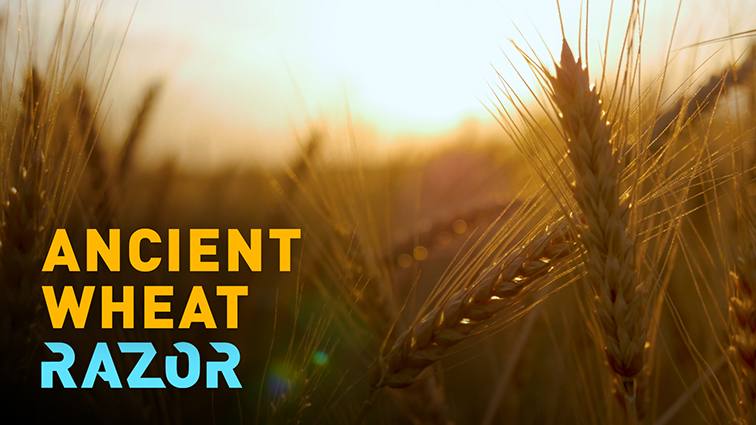
We've been growing wheat for 10,000 years. In fact, one in five calories consumed by humans today comes from wheat.
But most ancient wheat varieties have been displaced by modern kinds, which were bred to have higher yields and feed more people.
And modern wheat is beset with problems - from diseases to the environmental impact of industrial farming.
Now, a collaboration between British and Chinese scientists is exploring how to use the genes of ancient wheat to solve modern issues.
RAZOR visits the John Innes Centre in Norwich, home to the Watkins collection, a repository of ancient wheat grains that was established by pioneering botanist Arthur E Watkins a century ago.
Lead researcher Dr. Simon Griffiths explains how researchers have found traits like salt resistance and slug resistance in the genes of ancient wheat.
We also speak to Professor Shifeng Cheng, a senior scientist at the Agricultural Genomics Institute in Shenzhen, whose team sequenced the DNA of all 827 remaining bread wheat varieties in the Watkins collection.
Professor Paul Nicholson from the John Innes Centre explains how that genetic sequencing work is helping scientists in the UK work out which ancient genes can be used to treat crop-destroying diseases, like wheat blast and fusarium head blight.
-
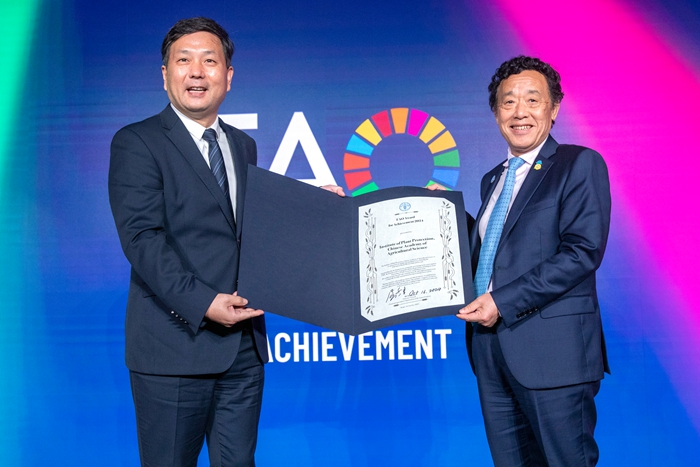 Oct 23, 2024IPPCAAS Wins the 2024 FAO Achievement Award
Oct 23, 2024IPPCAAS Wins the 2024 FAO Achievement Award -
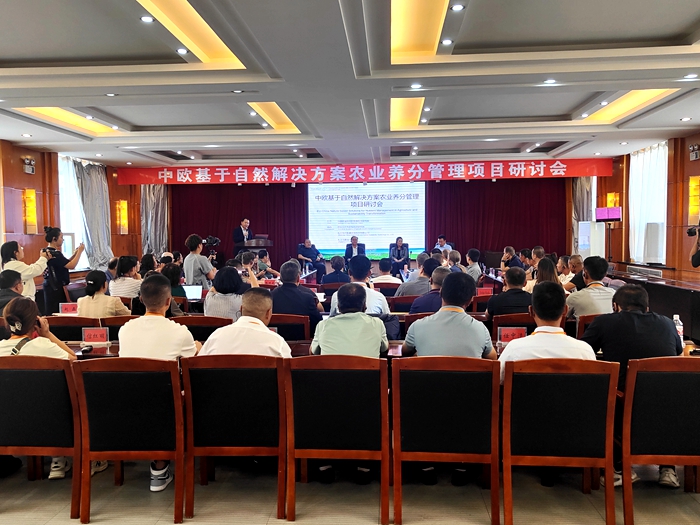 Oct 23, 2024ICS Hosted the Symposium of China-European Union Nature-based Solutions for Nutrient Management International Cooperation Program
Oct 23, 2024ICS Hosted the Symposium of China-European Union Nature-based Solutions for Nutrient Management International Cooperation Program -
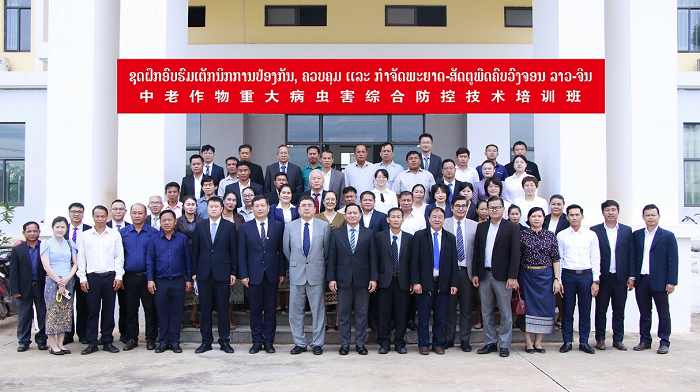 Sep 30, 2024China-Laos Training Workshop on Integrated Management of Major Crop Pests and Diseases Concludes Successfully in Laos
Sep 30, 2024China-Laos Training Workshop on Integrated Management of Major Crop Pests and Diseases Concludes Successfully in Laos -
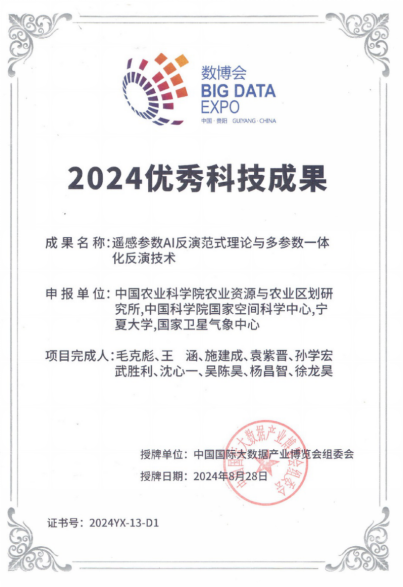 Sep 26, 2024IARRP's AI project research achievement wins the Excellence Award at the Big Data Expo
Sep 26, 2024IARRP's AI project research achievement wins the Excellence Award at the Big Data Expo -
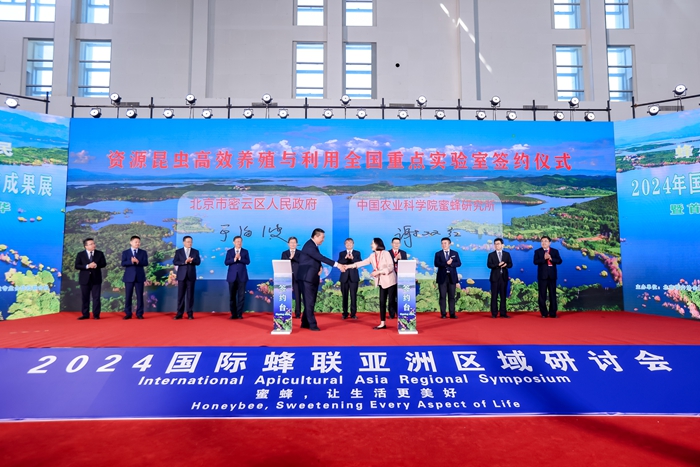 Sep 11, 20242024 International Apicultural Asia Regional Symposium Held in Beijing
Sep 11, 20242024 International Apicultural Asia Regional Symposium Held in Beijing
